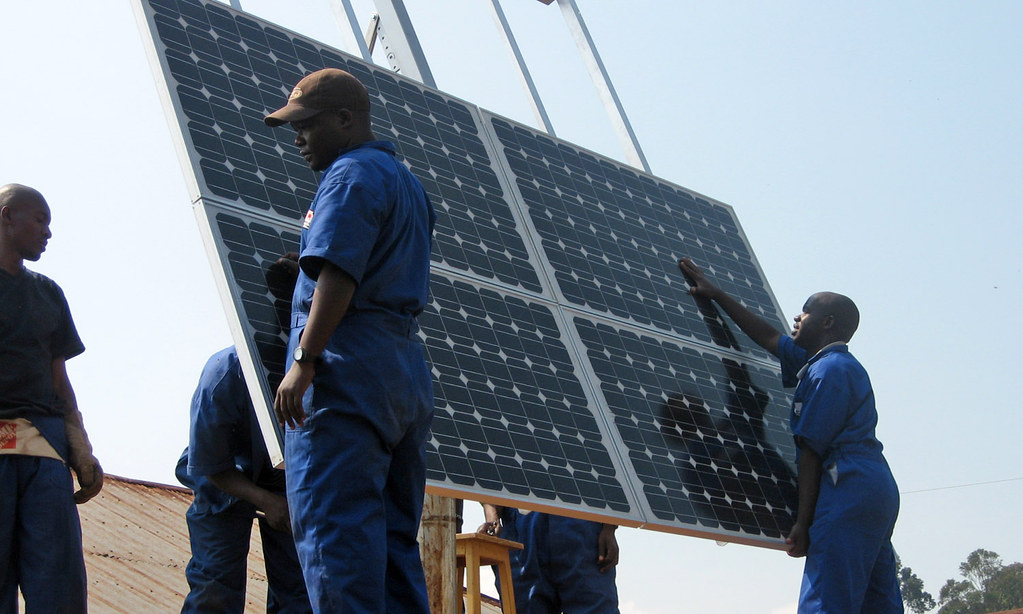Northland, with its expansive coastlines, lush landscapes, and ample sunshine, is uniquely positioned to lead in the transition towards sustainable living through the adoption of solar power. As the world grapples with the urgent need to reduce carbon emissions and combat climate change, solar solutions present a viable and eco-friendly pathway for communities to generate clean energy. This article explores the burgeoning solar energy landscape in Northland, detailing the benefits, challenges, and innovative strategies that are making solar power a cornerstone of sustainable living in the region.
The Solar Energy Potential in Northland
Northland’s geographical and climatic advantages make it an ideal location for solar energy production. The region enjoys high levels of solar irradiance, offering a golden opportunity to harness the sun’s power. With advancements in solar technology and a growing awareness of environmental sustainability, Northland has seen a significant uptick in solar installations, from residential rooftops to commercial and community-scale projects.
Local governments and environmental groups have been instrumental in this shift, offering incentives, grants, and educational resources to encourage the adoption of solar power. This proactive approach has not only facilitated a greener energy mix but also empowered communities to take charge of their energy futures.
Advantages of Solar Power for Sustainable Living
The shift towards solar energy in Northland comes with a plethora of benefits that align with the principles of sustainable living:
- Reduced Carbon Footprint: Solar power is a clean energy source that significantly lowers greenhouse gas emissions compared to fossil fuels, contributing to global efforts to mitigate climate change.
- Energy Independence: By generating their own electricity, households and businesses can reduce their reliance on the grid and protect themselves against fluctuating energy prices.
- Economic Savings: Over time, the cost savings on electricity bills can offset the initial investment in solar panel installations, making solar power a financially viable option for many.
- Community Resilience: Solar energy can enhance the resilience of local energy systems, providing a reliable power source during outages or disasters.
Solar Solutions in Northland: From Rooftops to Community Projects
In Northland, the solar energy revolution is taking various forms, catering to different needs and scales:
- Residential Solar Panels: Homeowners are increasingly installing solar panels to power their homes, drawn by the promise of lower energy bills and the desire to live more sustainably.
- Commercial Solar Installations: Businesses in Northland are leveraging solar power to reduce operational costs and bolster their green credentials, from small enterprises to large agricultural operations.
- Community Solar Initiatives: These projects allow individuals who cannot install solar panels on their own properties to invest in solar energy collectively, democratizing access to clean power.
- Off-Grid Solutions: For remote areas in Northland, off-grid solar systems provide a sustainable and reliable alternative to traditional energy sources, ensuring that even the most isolated communities can access electricity.
Navigating Challenges to Embrace Solar Energy
While the path to widespread Solar Power Northland adoption is promising, it is not without obstacles. Key challenges include the upfront cost of solar installations, the need for suitable financing solutions, and the technical complexities of integrating solar power into existing energy grids. Addressing these challenges requires a multifaceted approach:
- Financial Incentives and Support: Government subsidies, low-interest loans, and innovative financing models like power purchase agreements (PPAs) can make solar installations more accessible to a broader audience.
- Education and Awareness: Ongoing efforts to educate the public about the benefits of solar power and how to overcome potential hurdles are crucial for building community support.
- Infrastructure Upgrades: Investments in grid infrastructure and battery storage technologies are necessary to accommodate the variable nature of solar power and ensure its reliability as a key energy source.
The Future of Solar Power in Northland
The future of solar power in Northland is bright, with continued technological advancements and a growing commitment to sustainability driving the expansion of solar solutions. Emerging trends such as solar-plus-storage systems, smart grids, and solar electric vehicles (EVs) charging stations are set to further transform the energy landscape in Northland, making solar power more efficient, affordable, and integrated into daily life.
As the region continues to embrace solar energy, it sets a powerful example for sustainable living, not just for New Zealand but for communities worldwide. The journey towards a solar-powered Northland is a testament to the power of innovation, community action, and a shared commitment to a greener planet.
Conclusion
Brightening Northland with solar solutions represents a significant step forward in the quest for sustainable living. The region’s embrace of solar power reflects a broader shift towards renewable energy sources, driven by environmental concerns, economic benefits, and the desire for energy independence. By overcoming current challenges and leveraging the vast potential of solar energy, Northland can continue to lead the way in sustainable development, ensuring a cleaner, greener, and brighter future for all its residents.

